Written by Author Kalki Krishnamurthy, Ponniyin Selvan is a 50+ year old Tamil historical fiction novel which is a pop culture relic in the Tamil Diaspora.
Starting from actor MGR to Kamal Hassan and Mani Ratnam, it was a huge dream for many filmmakers to adapt this Tamil magnum opus on to the screen.
In 2022, the first part of Mani Ratnam’s Ponniyin Selvan saw the light of the day and it became a huge success. The first part concluded with a cliff-hanger which featured Arunmozhi Varman (Jayam Ravi) and Vandhiyathevan (Karthi) sunk in the sea and a mysterious lady attempted to save them.
The sequel of the film starts with a prologue narrating the young romance between Young Aditha Karikalan (Santhosh) and young Nandhini (Sara). The film then progresses to show the status quo of Arunmozhi Varman who is severely ill and, in another side, Nandhini (Aishwarya Rai Bachchan) is plotting the murder of the Chola heirs along with the rebel group of Pandyas.
Did Nandhini’s murder plot succeed? How does Aditha Karikalan’s (Vikram) romance comes into the play? Did Arunmozhi Varman become the king? These questions form the rest of Ponniyin Selvan: Part 2.
Understanding the essence and reverse engineering:
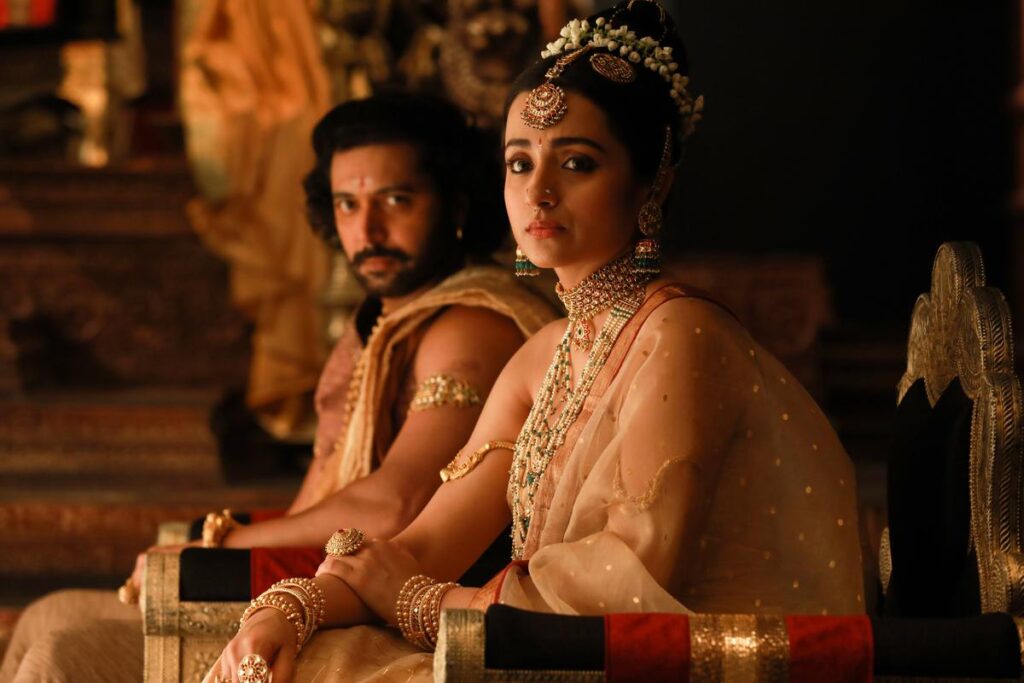
Most people misinterpret Ponniyin Selvan novel as “real historical account of Cholas”.
Author Kalki Krishnamurthy converted a lot of research into the real history of cholas and the conspiracies surrounding the kingdom. He used these facts and conspiracies, tied them with fictional knots to make his own version of the Chola history, and he even acknowledges it in the novel at certain points.
Every medium has its own share of boon and bane.
The literary medium gives you the space to imagine a world of yours whereas the film medium presents you it’s world. While the novel’s centre focus is on King Arunmozhi Varman aka Ponniyin Selvan, it technically doesn’t revolve around him. It’s about the snowball effect of events that led to his coronation and the golden age of Cholas.
The writer trio of Ratnam-Jeyamohan-Illango Kumaravel understood this essence of the novel and the second part takes a deep dive into the mind games and political ploys between the heirs of Sundara Chozha (Prakash Raj) and the rebel group of Pandyas.
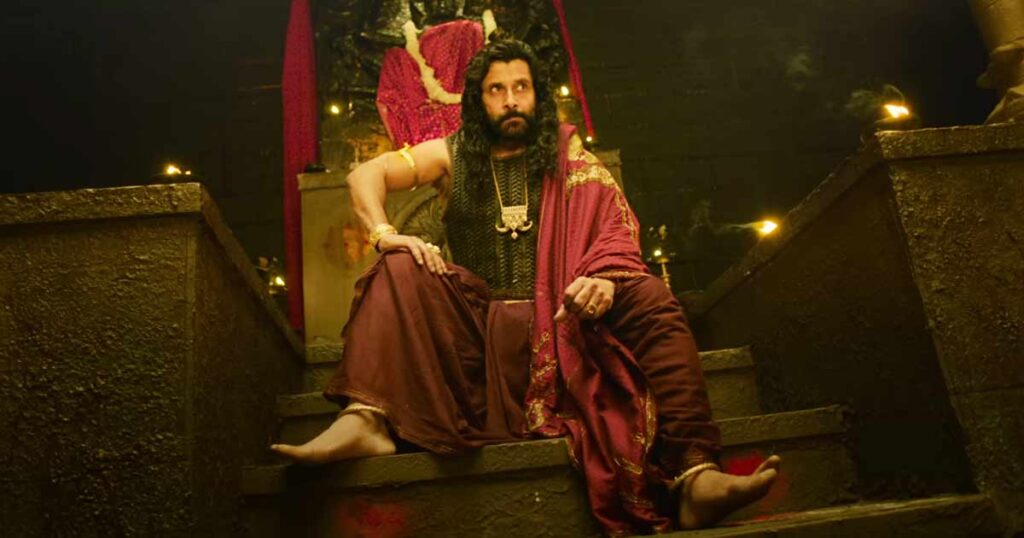
The film cuts the clutters of countless subplots of the novel and puts its centre focus on the doomed romance between Aditha Karikalan and Nandhini which forms the inception of all the cholas chaos.
Director Mani Ratnam cements the raw and realistic approach in this sequel just like he did in the first part. He uses the lens of DOP Ravi Varman and he pushes the minimal field of view to the maximum level possible to extract the micro-emotions out of the actors performing the characters.
The 360-degree panning shots and the low-angle shots add the cinematic quality to the conversations in its staging making us feel engrossed to this game of thrones. Especially the pre-climax confrontation scene between Nandini and Aditha Karikalan will truly be marked as one of the best staged scenes of all time in Indian Cinema.
These intricacies felt like a reverse engineering of his films Thalapathy, Iruvar and Raavanan. Watching the film, I got to understand how the source material “Ponniyin Selvan” has shaped his filmography.
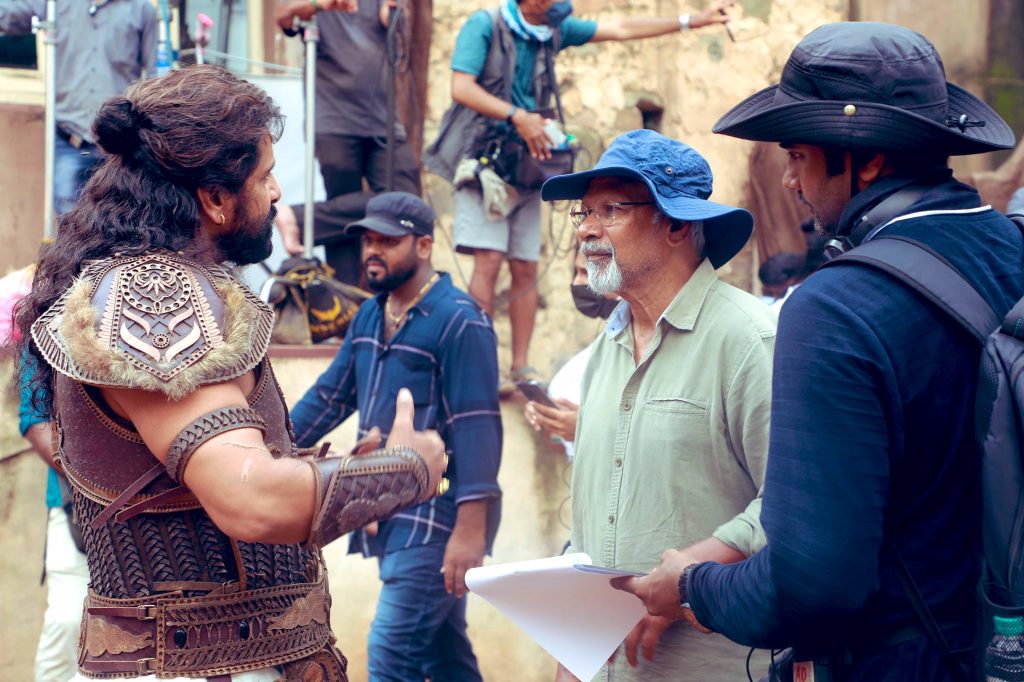
Usually, film connoisseurs emphasize on the policy of “show don’t tell” which works for film medium a lot of times.
But, in Indian Cinema most of the time it has not been the case as filmmaking sensibilities here are defined by the diverse theatre culture across different regions. It was always about conveying the Navarasas through the body language and dialogues rather than showcasing a spectacle out of it. This made me understand the reason behind the success of vintage Tamil period dramas like “Vanjikottai Vaaliban”, “Chandralekha”, “Madurai Veeran” etc. which understood the pulse of rooted dramatic storytelling.
It might not be an overstatement that Ratnam’s Ponniyin Selvan: Part 2 follows the steps of these classics.
Vicious Cycle of Power, Karma:
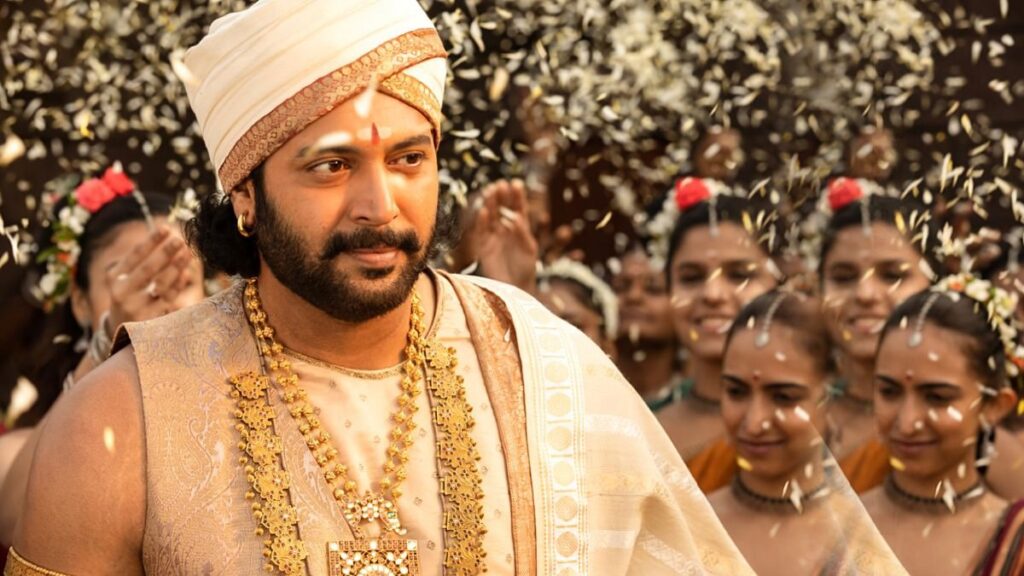
Throughout the film, Ratnam emphasizes on the vicious cycle of power and karma and that chases the lives of the royal family members. The hunger for power can change anyone even the most beloved people’s minds around you. But, behind this hunger for power, there lies some warmth and unfiltered love.
Ratnam delivers a nuanced perspective along these lines with the characters of Kundhavai (Trisha), Arunmozhi Varman (Jayam Ravi) and Vandhiyathevan (Karthi). As the film revolves around mind games, intellect of the characters plays a great impact into the story. Especially Arunmozhi Varman aka Ponniyin Selvan’s character who shines a lot in this part because of the smartness and his brains over brawn approach which makes him a more matured royal king than just a cardboard cut-out.
The scene where Arunmozhi tackles the killers of Pandyas in the Buddhist monastery is where this aspect is evident. It’s not just the character sketches by Ratnam but the actors who breathe life into the characters, blended with sharp dialogues that deliver great justice to the source material.
The Masterful Technical Brilliance:
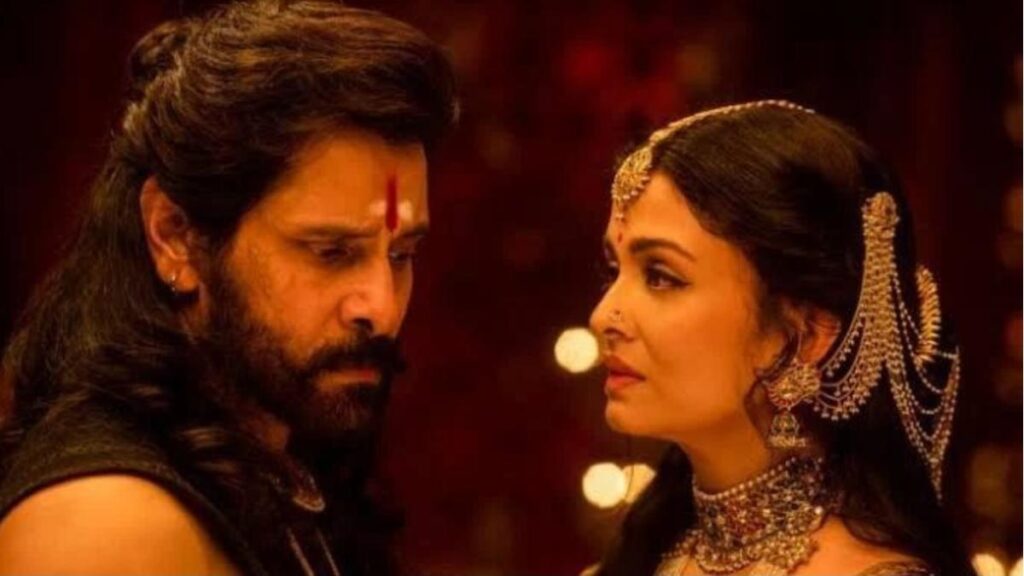
The lens of Ravi Varman focusses into the skies a lot of times which makes it a trademark of Ratnam’s visual language and it made me realise how rarely we see shots of skies in Indian Cinema.
Apart from the power of pen and the lens, the masterful sound design by Akash Krishnamurthy and Craig Mann captures the impressions of the claustrophobic tunnels, the walls of magnanimous castles, the silent waters and the bloodshed battlefields. Thotta Tharani’s production design is something noteworthy in this part especially the placement of veils throughout the film felt like it conveyed the wavering principles of the characters. The music by AR Rahman focusses more on re-recording and background score which gives the operatic tone to the film. He understands where to use the silence as James Coltraine always used to say that “music is always the silence between two notes” which makes us empathise with the situations and the characters.
The placement of the melancholic “Chinnanjiru Nilave” song, the sensual “Aga Naga” song, the triumphant “Veera Raja Veera” song (which is taken from Dhrupada composition) and the divine “Aazhi Mazhai Kanna” song (which is taken from Aandal Paasuram) are brilliant in its own way. The editing by Sreekar Prasad takes its steady pace to sit with us.
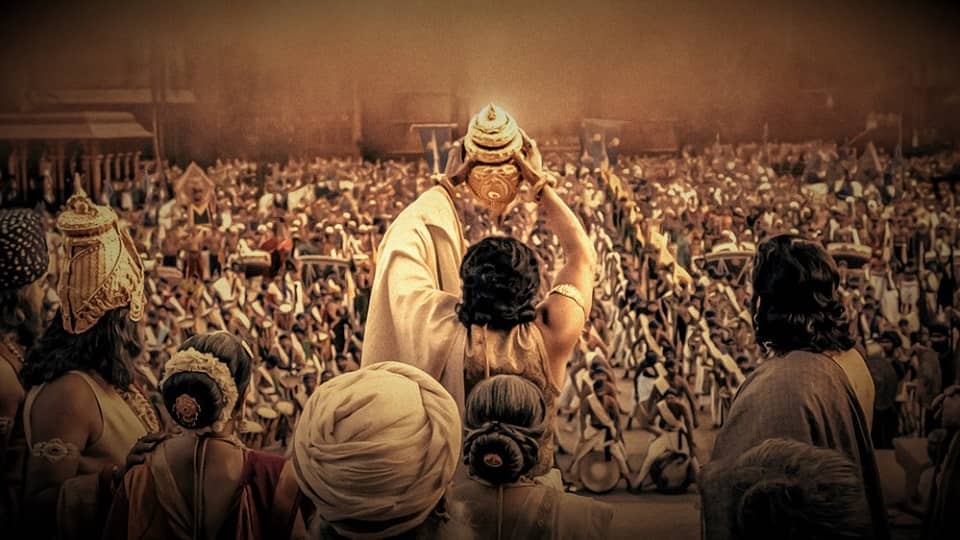
While the film has a lot of high points, the game of thrones has some flaws here and there.
As the film revolves around multiple locations, the geography felt confusing. While the drama is finely crafted, the action pieces could have been more fluid and the VFX was hammy at many points. This might not be a downside but as this film takes a lot of creative liberty to the source material it can irk the fans, which leads to a plethora of discussions and debates amongst the diaspora.
Still, it’s safe to say that Ratnam gave his own twist to “Ponniyin Selvan” novel just like Stanley Kubrick did for Stephen King’s “The Shining”.
This further proves that the 40-year legacy of filmmaker Mani Ratnam has always been about treading experimental waters. And I hope that in the near future this might be a blueprint for further “Ponniyin Selvan” Adaptations and classic literary novel adaptations.
In a nutshell, Ratnam’s Ponniyin Selvan: Part 2 is a Shakespeare styled succession drama of family and power with indigenous sensibilities that retain the essence of the source material and a masterclass in conversations staging.